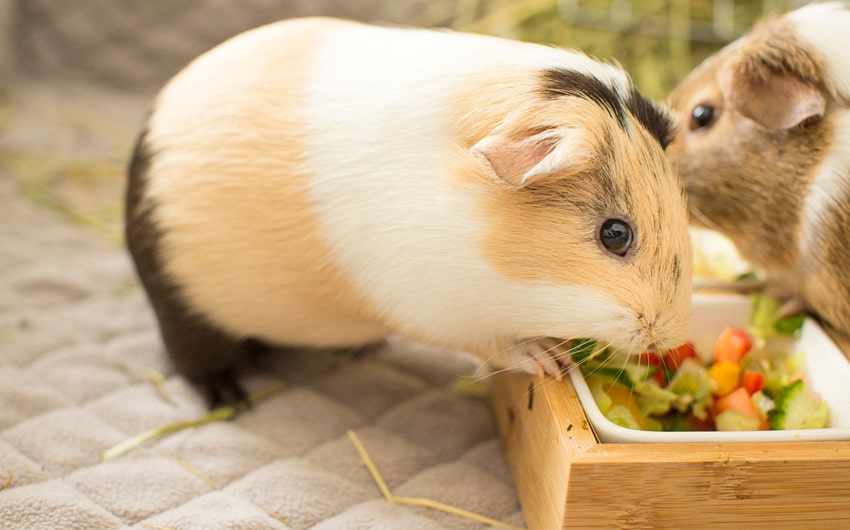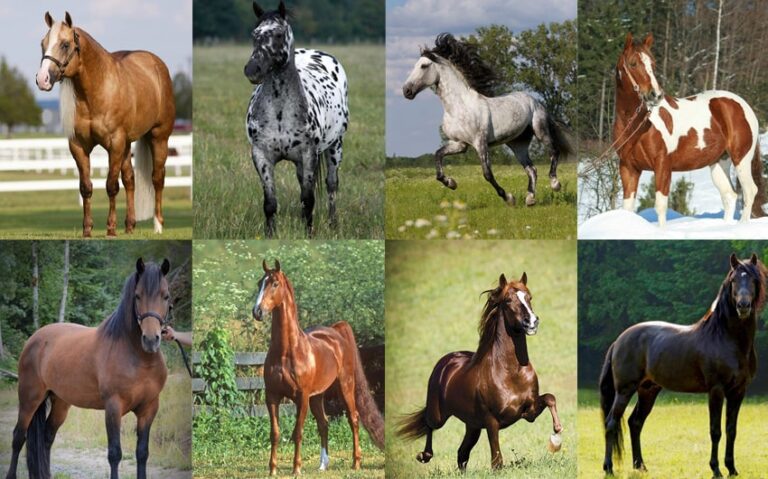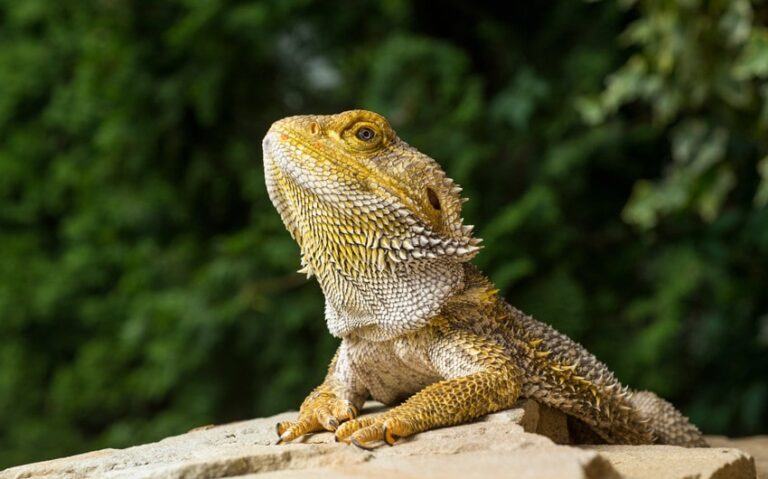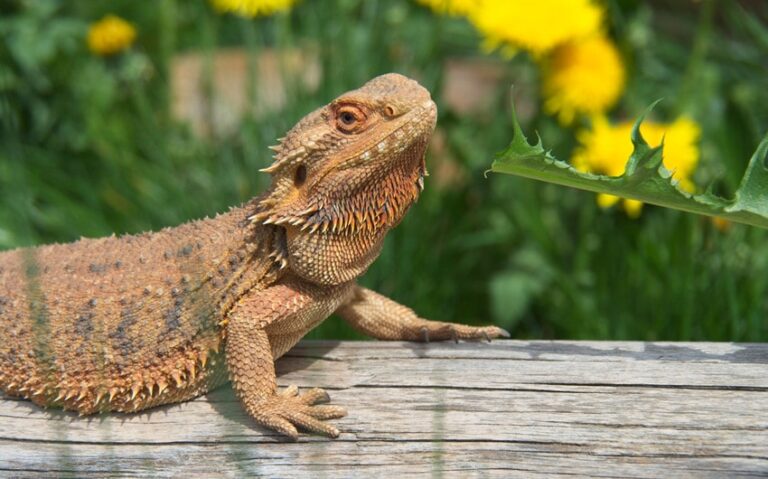Guinea pigs are adorable pets that thrive on a varied and healthy diet, but it’s important to know what’s safe for them to eat. You might be wondering, can guinea pigs have cauliflower? The answer is yes, guinea pigs can eat cauliflower, but only in moderation. This crunchy veggie offers some great nutrients for your furry friend, but it also comes with potential risks like gas and bloating. In this article, we’ll explore the benefits and precautions of feeding cauliflower to guinea pigs, so you can keep your pet happy and healthy.
Is Cauliflower Safe for Guinea Pigs?
Yes, cauliflower is generally safe for guinea pigs to eat, but it should be offered in moderation. Cauliflower is a low-calorie vegetable packed with vitamins and minerals that can benefit your guinea pig’s health. The leafy greens, florets, and stems of cauliflower are all edible for guinea pigs, making it a versatile addition to their diet. However, the key is to introduce it gradually and serve it in small amounts to avoid any digestive issues. While cauliflower is safe, it’s important to ensure it’s fresh, clean, and free from pesticides before serving.
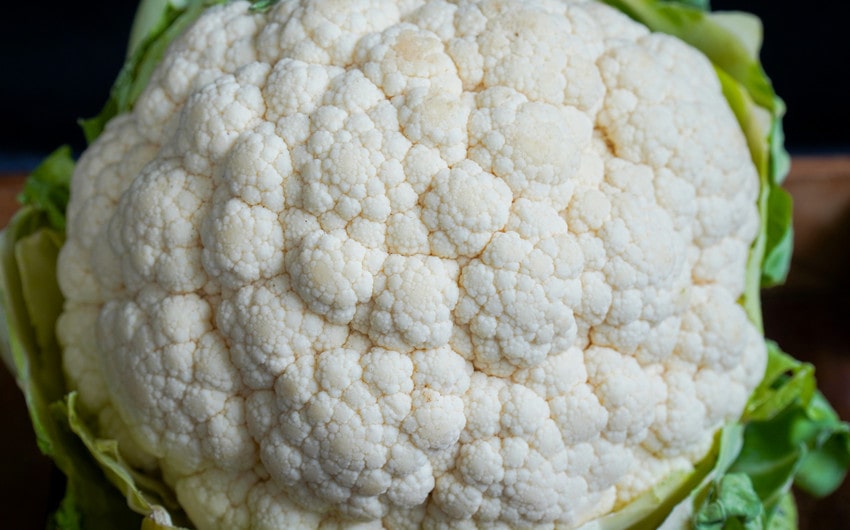
Nutritional Benefits of Cauliflower for Guinea Pigs
Cauliflower is a nutrient-rich vegetable that can offer several health benefits for guinea pigs when given in moderation. One of the most valuable nutrients found in cauliflower is Vitamin C, which is essential for guinea pigs since they cannot produce this vitamin on their own. A steady intake of Vitamin C helps boost their immune system, supports healthy skin, and prevents scurvy—a common disease in guinea pigs characterized by weakness, swollen joints, and dental issues. Including cauliflower as an occasional treat can contribute to their overall Vitamin C intake, keeping your furry friend healthier.
Cauliflower is also a good source of dietary fiber, which aids in digestion and helps maintain a healthy gut. Fiber is crucial for guinea pigs as it promotes regular bowel movements and prevents digestive problems, such as constipation. Additionally, the high water content in cauliflower helps keep guinea pigs hydrated, especially when combined with their regular water intake. This hydration can be particularly beneficial during warmer months or when your pet needs a little extra moisture in their diet.
Moreover, cauliflower contains antioxidants and essential minerals like potassium and calcium, which support overall health and well-being. Potassium helps regulate blood pressure and supports nerve and muscle function, while antioxidants combat free radicals, reducing the risk of inflammation and promoting a healthy immune system. However, because cauliflower also contains calcium, which can contribute to bladder stones if consumed in excess, it’s important to balance it with other low-calcium veggies.
Overall, cauliflower can be a nutritious addition to your guinea pig’s diet, offering a range of benefits that support their health when given thoughtfully and in appropriate amounts.
Potential Risks of Feeding Cauliflower to Guinea Pigs
While cauliflower can be a healthy addition to your guinea pig’s diet, there are potential risks to consider, mainly related to its high fiber content and the presence of certain compounds that can cause digestive discomfort. One of the most common issues associated with feeding cauliflower to guinea pigs is gas and bloating.
Cauliflower, like other cruciferous vegetables, contains raffinose—a complex sugar that can be difficult for guinea pigs to digest. This can lead to excessive gas formation in their digestive tract, causing bloating, discomfort, and even pain. Guinea pigs have sensitive digestive systems, and bloating can be serious, sometimes requiring veterinary attention if it leads to a more severe condition.
Another potential risk of feeding cauliflower to guinea pigs is the high calcium content, especially in the stems and leaves. While calcium is essential for strong bones and teeth, too much can contribute to the formation of bladder stones, a common health issue in guinea pigs. Bladder stones can cause painful urination, blood in the urine, and may require surgical intervention if they become severe.
To mitigate this risk, it’s important to limit the amount of cauliflower and balance it with other low-calcium vegetables, ensuring that your guinea pig receives the right nutrients without an excess that could lead to health problems.
Additionally, overfeeding cauliflower can lead to an imbalance in your guinea pig’s overall diet. Guinea pigs require a variety of vegetables to meet their nutritional needs, and relying too heavily on one type of food, like cauliflower, can result in deficiencies in other essential nutrients. It’s best to offer cauliflower as an occasional treat rather than a staple, ensuring it complements their primary diet of hay, pellets, and other fresh veggies. Always start with a small amount of cauliflower and observe your guinea pig’s reaction, adjusting as needed to keep them happy and healthy without the unwanted side effects.
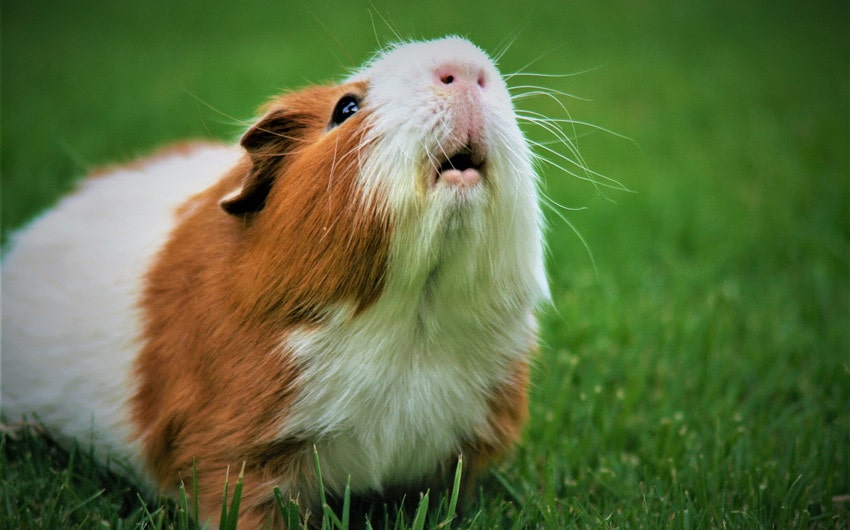
How to Properly Prepare Cauliflower for Guinea Pigs
Proper preparation of cauliflower is crucial to ensure it is safe and healthy for your guinea pig to enjoy. The first step is to thoroughly wash the cauliflower under cold running water to remove any dirt, pesticides, or other residues that may be harmful to your pet. Even organic cauliflower should be washed to ensure it’s as clean as possible. Avoid using soap or chemicals; a good rinse is usually sufficient. Washing helps reduce the risk of introducing harmful substances into your guinea pig’s diet, keeping their digestive system safe from potential irritants.
Once the cauliflower is clean, you can prepare it by separating the florets, stems, and leaves. Guinea pigs can eat all parts of the cauliflower, but it’s best to chop them into small, manageable pieces to prevent choking and make it easier for them to chew.
Offer a mix of florets, stems, and leaves to provide variety and ensure your guinea pig gets the full range of nutrients available in the vegetable. However, keep portions small—around one to two small florets or a few chopped leaves per serving is usually enough. Serving cauliflower in controlled portions helps prevent overconsumption, which can lead to digestive issues.
It’s also important to introduce cauliflower gradually, especially if your guinea pig has never eaten it before. Start with a tiny amount to see how they react, and watch for any signs of digestive discomfort, such as bloating, diarrhea, or changes in behavior. If your guinea pig seems to tolerate it well, you can continue to offer it as an occasional treat, but always in moderation.
Avoid feeding cauliflower daily, as overfeeding can lead to nutritional imbalances. Instead, rotate it with other safe vegetables to maintain a varied diet that meets all of your guinea pig’s nutritional needs. Remember, fresh is best—avoid cooked or frozen cauliflower, as these can lose essential nutrients and may contain additives that are unsafe for your pet.
Alternative Vegetables for Guinea Pigs
While cauliflower can be a healthy treat for guinea pigs, it’s essential to provide a variety of vegetables to ensure a well-rounded diet. Several other vegetables are safe, nutritious, and can be great alternatives to cauliflower, offering a range of vitamins and minerals that support your guinea pig’s overall health. A diverse diet helps prevent nutritional imbalances and keeps your pet interested in their food, ensuring they receive all the essential nutrients they need.
1. Bell Peppers: Bell peppers are an excellent alternative to cauliflower, as they are rich in Vitamin C, which is crucial for guinea pigs. All colors of bell peppers—red, yellow, and green—are safe for guinea pigs, with red peppers being the most nutrient-dense. They are low in calcium and high in antioxidants, making them a great choice for daily feeding. The sweet taste and crunchy texture of bell peppers also appeal to guinea pigs, adding variety and excitement to their meals.
2. Cucumbers: Cucumbers are a hydrating and refreshing option for guinea pigs, especially during warmer months. They are low in calories and have a high water content, helping to keep your pet hydrated. While cucumbers don’t provide as many vitamins as other vegetables, their low calcium content makes them an excellent addition to your guinea pig’s diet. Serve cucumbers in small slices or chunks, and remember to leave the skin on for added fiber, as long as it’s well-washed.
3. Romaine Lettuce: Romaine lettuce is a safe leafy green that provides fiber, Vitamin C, and other essential nutrients without the high calcium content found in other leafy greens like spinach or kale. It’s a great option for guinea pigs because it’s low in oxalates and calcium, reducing the risk of bladder stones. Be sure to avoid iceberg lettuce, as it offers little nutritional value and can cause digestive issues.
4. Zucchini: Zucchini is another versatile vegetable that is safe for guinea pigs. It’s low in calories and provides a good amount of Vitamin C, Vitamin A, and potassium. Zucchini is gentle on their digestive system and can be served raw in small slices or cubes. Its mild flavor and crunchy texture make it a palatable option for most guinea pigs, adding variety to their veggie intake.
5. Carrots: Carrots are a popular vegetable for guinea pigs due to their sweet taste and crunchy texture. While they are rich in beta-carotene and Vitamin A, which support eye health, they should be given in moderation due to their high sugar content. Carrots make an excellent occasional treat that can be offered a few times a week to keep your guinea pig’s diet balanced.
6. Green Beans: Green beans are another healthy alternative, offering a good source of fiber, Vitamin C, and folate. They are low in calcium and oxalates, making them a safe choice for regular feeding. Serve green beans raw and chopped into small pieces to make them easier for your guinea pig to eat.
By rotating these alternative vegetables with cauliflower, you can create a balanced and varied diet that meets your guinea pig’s nutritional needs. Offering a mix of different vegetables not only keeps meals exciting but also ensures your pet gets the broad range of vitamins and minerals necessary for optimal health. Always remember to introduce new vegetables slowly and monitor your guinea pig’s response to ensure they tolerate each one well.



